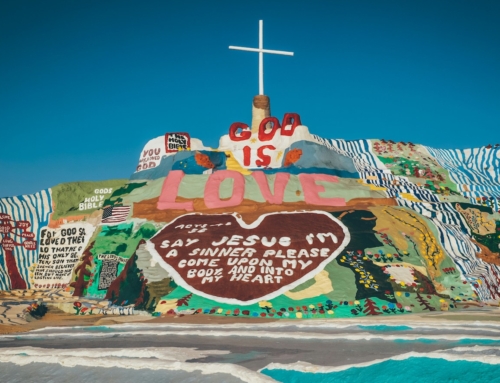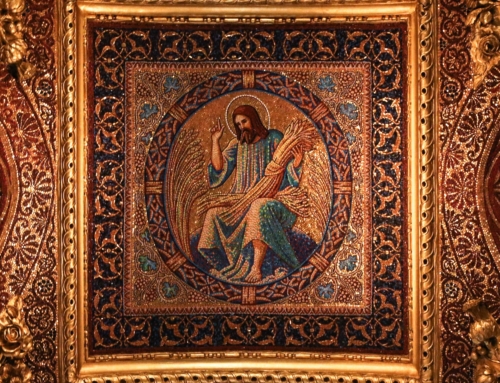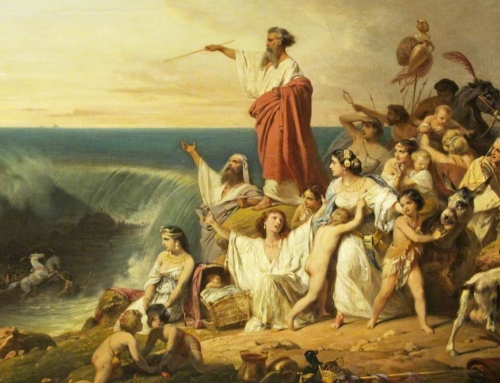This work of art demanded of me four years of assiduous and exclusive attention, and it is nothing less than the result of the whole of my active life. I consider it, apart from its imperfections, my masterpiece. – Henri Matisse, speaking of the Rosary Chapel in Vence, France
In 1942 Monique Bourgeois, having completed only a year of training in nursing, answered a want ad posted on the board of her school calling for a young, pretty nurse. The mademoiselle—not previously honored by most persons as “pretty,” but still wanting employment during those difficult days of the Second World War—thus devoted herself to changing the bandages of the infirm Henri Matisse.
After healing, Matisse telephoned the young woman, asking her to pose as a model. Among the memories of those days, she recalls wearing costume jewelry and elaborate dresses and scrabbling to meet the artist’s demands for punctuality.
The two, Matisse and Monique Bourgeois, became quite close. Matisse treated Bourgeois like a grandfather would, showing her respect and true honor. He often treated her playfully during their sessions, revealing a joyful countenance few saw. To his great dismay, however, she chose to enter a convent of Dominican sisters. Distraught by her decision, Matisse tried to lure her away with promises of mentoring her budding artistic talents and offering her sums of money.
In his ten-page letter of entreaty, covered with text written at all angles and word after word scribbled out only to be replaced, Matisse dared to explain to her, perhaps for the first time to any other soul, his relationship with God. He writes, “I’ve not needed the sacraments to glorify the Creator throughout my life. I’ve gone even as far as Tahiti to admire his pretty light that I might share it by my work with others.”
Matisse’s comment about the sacraments strikes at the very heart of the Christian life. If the sacraments were merely symbols, simply familiar ritual or nothing more than cultural artifacts, the conversation between Matisse and Sr. Jacques-Marie would be completely moot. The fact of the matter is, though, that the sacraments alter the very fabric of reality. The world—by the power of the sacraments—is changed and renewed.
It is difficult to answer the question whether Matisse believed in God or not. It is certain that he did not consider himself a good, practicing Catholic. Nonetheless, he tirelessly worked, frail and faltering, near the end of his life to complete his “spiritual space.” The Way of the Cross for the Rosary Chapel in Vence perhaps best exemplifies the possible numinous intersection between the spiritual life and art. Of it, Matisse said, “It is no longer the Way made from cardboard, but a type of grand drama in which the scenes, accompanied by their number, are interwoven as a part of Christ on the cross who himself takes on the dimension of a dream—as does the rest of the tableaux. […] God has taken me by the hand. What am I to do? Bow down—but the others, they know nothing.”
Elsewhere, he goes on to say, “All art worthy of the name is religious. Only in the creation of the chapel of Vence did I finally come awake to myself, and I understood that all the furious labors of my life were for the great human family, to which must be revealed a little of that fresh beauty of the world by my mediation. I thus cannot but be a mediator.”
The beauty of Monique’s vocation as Sœur Jacques-Marie allowed Matisse to discover the artist’s parallel vocation: mediator to the divine.
✠






